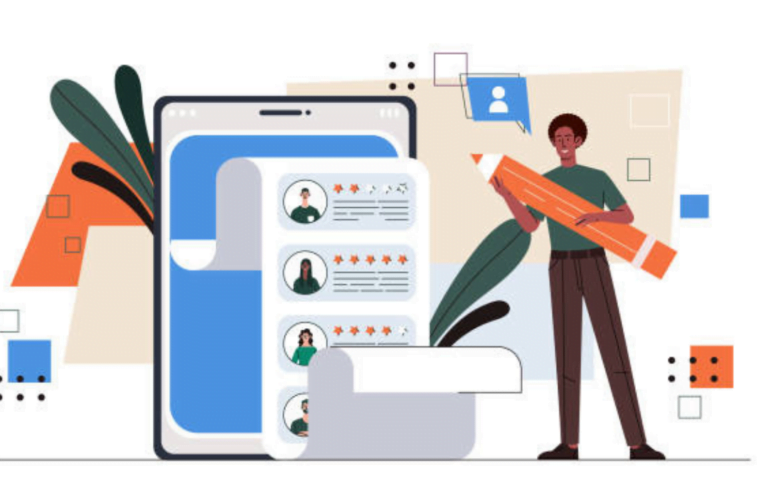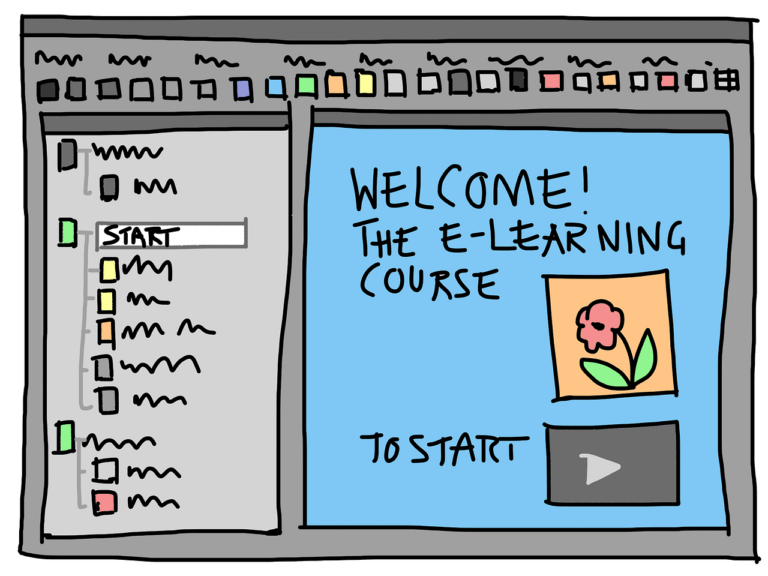Instructional Design vs Learning Design: What’s the Difference?

Instructional design vs learning design is a conflict that many strive to understand. Here’s a guide to clarify their difference. The process of creating educational software and learning resources to support effective teaching is known as instructional design. It requires taking into account a variety of subjects and issues, including as content alignment, cognitive psychology, the user experience, device compatibility, and more.
Designing interactive experiences that assist users in learning new information or uncovering fascinating facts about a topic or subject area is known as learning design. Different sorts of applications and programs can incorporate learning designs, which frequently concentrate on how an app can support a variety of learning methods and styles for users at various phases of their learning journeys.
They are frequently used interchangeably. Both names have been used by designers to signify slightly different things, so when you see them used interchangeably you know there’s an issue somewhere. This page will help you understand these terms’ meanings, how they relate to one another, and how they differ.
See also: The Latest Trends in Instructional Design and Technology
Instructional Design
The process of creating educational software and learning resources to support effective teaching is known as instructional design. It requires taking into account a variety of subjects and issues, including as content alignment, cognitive psychology, the user experience, device compatibility, and more.
Early in the 2000s, the fast growing field of digital design gave birth to the relatively new discipline of instructional design. It is an interdisciplinary field that incorporates ideas from various fields, including psychology, computer science, and education.
In addition to possessing knowledge of all facets of the educational process, from content and pedagogy to assessment and technology, instructional designers must be subject matter experts in a wide range of academic fields.
Learning Design
Learning design is the process of developing interactive experiences that assist users in picking up new information or finding out fun facts about a subject or subject area. There are many ways to accomplish this, such as through the use of tests, games, or simulations. When you consider educational apps, you might picture a learning process that teaches you the fundamentals of accounting or how to drive.
Early in the 2000s, the fast growing field of digital design gave birth to the relatively new discipline of instructional design. It is an interdisciplinary field that incorporates ideas from various fields, including psychology, computer science, and education. In addition to possessing knowledge of all facets of the educational process, from content and pedagogy to assessment and technology, instructional designers must be subject matter experts in a wide range of academic fields.
Instructional Design vs Learning Design: What’s the Distinction?
A frequent debate that frequently causes confusion is between instructional design and learning design. We’ll look at each of these terms and how they differ from one another to help you comprehend the distinction between the two. What is the purpose of instructional design?
Education must have defined objectives in order to succeed. Instructional designers provide objectives for the educational process, from subject comprehension to developing the skills necessary to engage in society more effectively.
Design for learning: How people learn In order to design an experience that best supports each person’s learning preferences, it is crucial to understand the various learning styles. Make sure you’re designing an experience that enables consumers to discover new things that are most pertinent to their lives because different people prefer various things.
Regulatory Context
The politics, culture, and customs of a specific context are referred to as the institutional context. This relates to people’s expectations of education and their values regarding learning in the setting of school. It covers topics like equity and inclusiveness as well as queries like what is education’s goal and what a certain institution’s objectives are.
What types of learners are present in a specific institution or community are examples of questions that might be included in an institutional context. Consider if a school is co-ed or single-gender, for instance, before making your decision. You might also take into account the institution’s location and the age range of the students.
Acquisition of Content and Co-Design
Working closely with end users to define and build an interactive experience is known as co-design. It’s one of the most crucial elements of the learning process. Co-design is the practice of interacting with people while they use and explore your app.
Understanding the demands and issues that your end users are facing can help you create future goods that will address those requirements and issues better. Co-creation is another name for this method that is becoming more and more popular because it is more inclusive of all kinds of producers, including designers, content authors, and end users. work together to create a product that meets the needs of all stakeholders.
Cognitive Foundations of Learning
The cognitive foundation of learning explain the fundamental principles and reasons for learning as well as the best ways to assist these principles and reasons with technology. Attention, memory, reasoning and problem-solving, and emotional engagement are the four cognitive bases of learning.
They can also be referred to as integration, association, retrieval, and attentiveness. Cognitive basis of learning are the underlying causes of why we want to learn and what we want to accomplish, despite the fact that there are several elements that might affect learning.
Designing for User Experience (UX) in Educational Apps
The way a product or service feels and works for people is known as user experience design. In the context of education, it’s important to comprehend the demands and issues that students experience and then use that information to develop future goods that will meet those needs. Because it encompasses the design of the full end-user experience, UX design is a crucial component of teaching.
The complete end-user experience, including the design of the user interface and the process that results in and involves a good outcome, is the emphasis of UX design. This covers every element of the user experience leading up to the desired result for the user as well as the app’s user interface.
Equipment used in instructional design
Education frequently makes use of instructional design software, which is made to make it easier for individuals to construct and collaborate on instruction. Given that it is frequently an open-source or web-based software solution, it can also be utilized as a planning or guiding tool by people who are not educators. Google Drive, Google Docs, Google Sheets, Adobe Creative Cloud, Sketch, Omnigraffle, Microsoft Word, PowerPoint, and Excel are a few examples of common programs used in educational contexts.
Conclusion
Although they are sometimes used interchangeably, instructional design and learning design are two completely distinct design disciplines. Learning is about producing the experience itself, which includes the application and the navigation, whereas instructional design focuses on developing the specific experiences that users have when using an application, such as the user interface and navigation. An application must have been mastered as a component of the instructional design in order to be regarded as such.







